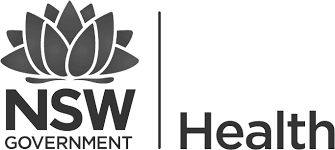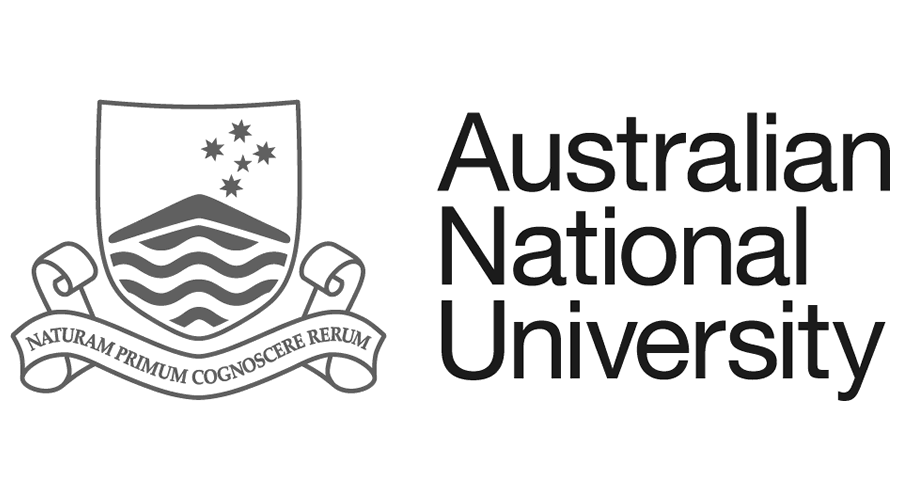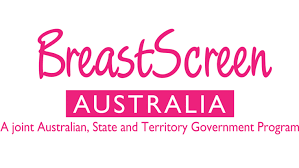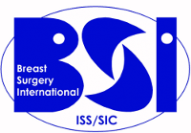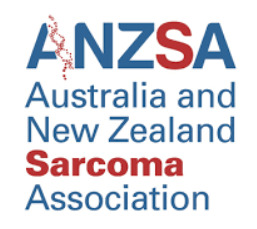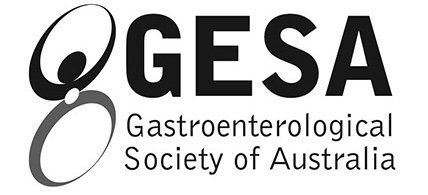CHANGES IN SKIN OF THE BREAST
What skin changes can be caused by breast cancer?
Redness or "Rash"
Redness in the breast is usually due to an infection or a skin condition, but it can also be a sign of 2 uncommon types of breast cancer.
- Inflammatory breast cancer is a rare and aggressive form of breast cancer in which cancer cells block the lymph vessels in the skin of the breast. This causes the breast to become swollen, red and tender (similar to an infection). The skin on the breast can also appear dimpled, like an orange peel.
- Paget’s disease of the nipple
is an uncommon type of breast cancer in which cancer cells grow in the nipple-areolar complex. This causes the nipple skin to become red, painful, scaly and sometimes ulcerated, and it may be associated with blood-stained or clear nipple discharge.
Thickened Area
A thickened area in the breast, which feels different from the rest of the breast, can be caused by cancer cells blocking circulation in the breast (via blood or lymph vessels) or a tumour growing the near the surface of the skin.
Dimple
Breast cancer can pull the skin inwards causing it to indent. The lump may not be palpable. Dimpling can be more easily seen when lifting your arms above your head to see if the whole breast skin moves with you as your raise and lower your arms.
Skin Sores
Breast cancer can sometimes grow to the point that it breaks down the skin of the breast to form an open wound, which may be associated with a discharge. This is usually accompanied by an obvious hard lump. Skin sores are a late sign of breast cancer.
What are the other possible causes of a breast rash?
Breast Infection
Mastitis is an inflammation of the breast tissue that sometimes involves an infection. It mostly affects women who are breastfeeding (lactation mastitis), but can also occur in women who are not breastfeeding and in men. Common symptoms include breast pain, swelling, warmth and redness, as well as fevers and chills. Treatment usually consists of antibiotics. If there is no improvement after a course of antibiotics, a skin biopsy should be considered to ensure cancer is not present - inflammatory breast cancer can have similar symptoms to mastitis.
Mastitis that is not adequately treated can result in a breast abscess, which is a walled-off area of pus and bacteria in the breast. Treatment involves draining the abscess and antibiotics.
Intertrigo
Intertrigo is a fancy name for a rash under your breasts. It is caused by a combination of moisture, heat, lack of air circulation and friction between skin folds, and often accompanied by a fungal or bacterial infection.
Common symptoms include a reddish-brown rash, raw, itchy or oozing skin with or without an odour and pain.
There are simple steps you can take to reduce your risk of developing intertrigo and to stop any irritation from getting worse.
- Wash under your breasts morning and night with a gentle soap or soap substitute.
- Dry the skin under your breasts thoroughly. Try using a hairdryer on a cool setting, which can be very effective if you have large breasts.
- Wear a well-fitting supportive bra made from a natural material such as cotton. Synthetic materials such as nylon can trap moisture. Change your bra daily especially if the skin is oozing.
- Lose weight to limit the areas where skin can rub against skin.
Skin Conditions
Common skin conditions, such as dermatitis, eczema and psoriasis, can affect the skin of the breasts along with other areas of the body. Treatment includes avoiding irritants on the skin, and topical ointment may be used.
Viral Infections
Viral conditions, such as shingles or chickenpox, can also produce rashes in the breast area. A shingles rash is usually very painful and may cause a single stripe of blisters. Treatment is directed towards the source of the problem (i.e. the virus), and anti-viral medication may be prescribed.
When should I see a doctor about my breast rash?
Whenever a breast rash is accompanied by other symptoms such as a lump or fever, or fails to improve after a reasonable period of treatment, a doctor should be consulted. It can be difficult to self-diagnose the cause of a breast rash, and in some cases a delay in treatment can be the difference between a a successful outcome and a more serious health condition.

